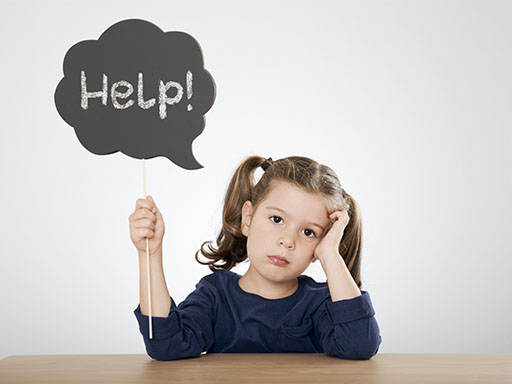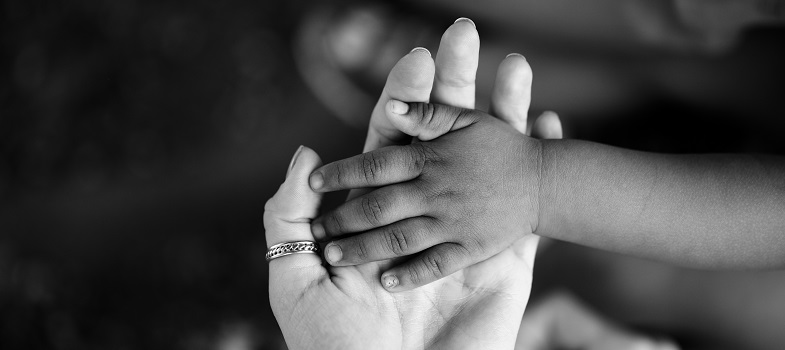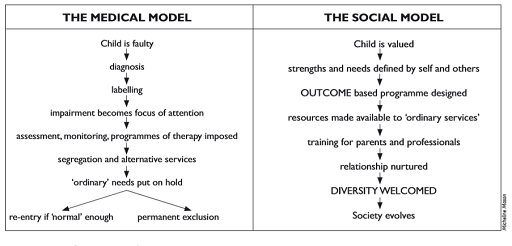The social and medical model of disability
The idea of inclusive education is based on the
The
The social model of disability
This model is a way of understanding the world that says people are disabled by barriers in society rather than by their difference or impairment. If barriers are removed, a person may still have an impairment but they would not be disabled. For example, an early years setting without ramps connecting the indoor and outdoor areas would be disabling a child who uses a wheelchair from moving freely around the setting.
The social model was developed by disabled people themselves in the 1970s as part of a civil rights movement campaigning for equality and seeking to change attitudes towards disability. It is part of the United Nations Convention on the Rights of Persons with Disabilities, which states that:
Persons with disabilities include those who have long term physical, mental, intellectual or sensory impairments which in interaction with various barriers may hinder their full and effective participation in society on an equal basis with others (p. 4).
The medical model of disability
This model is regarded as being a negative approach to disability because people with disability are seen as being less able because of their disability. This model will be returned to in Week 2.
Figure 1.4 summarises some of the main points of the medical and social model.
You will notice that the definitions and explanations in this section are all about identifying factors that can be barriers to children being able to be able to participate fully in education and in society.

Next you’ll look at how you can adapt routines and activities in your setting to provide additional support.
Defining ‘inclusive education’

